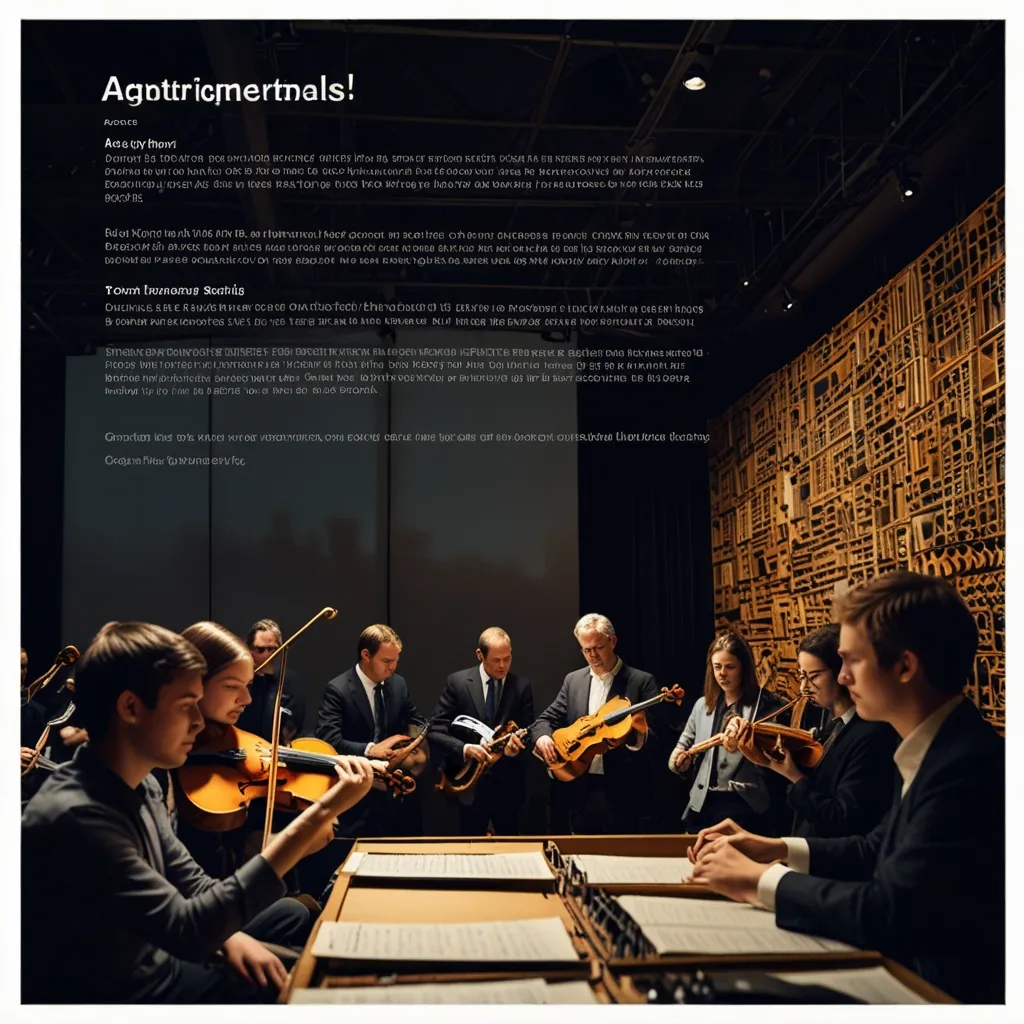In the fast-paced world of digital content, a new player has entered the stage: the Headless CMS. This innovative system is gaining popularity because of its flexibility, scalability, and ability to deliver content across multiple platforms effortlessly.
Imagine dealing with a blog post you want not just on your website but also on your mobile app and social media channels. With traditional content management systems (CMS), this would be a nightmare of copying, pasting, and reformatting in multiple places. Enter the Headless CMS, which lets you create content once and distribute it everywhere using APIs. It’s like a dream come true for those multitasking wizards managing massive amounts of content.
So, what is a Headless CMS, you ask? Think of it as a content management system that focuses only on the backend—where all your content and digital assets live. The magic comes from separating the content repository from the presentation layer, allowing content to be managed independently from its display. This decoupling means the backend can be accessed via APIs, making it possible to share your content seamlessly across different platforms like websites, mobile apps, email campaigns, and even CRM systems.
How does this all work? Well, the backend of a Headless CMS serves as a content repository, storing all your stuff in a structured format like JSON or HTML. Content is then retrievable via APIs that any frontend application can query to bring that content to life. This means developers can use any technology they prefer—React, Angular, Vue.js, you name it—without being tied down by the CMS’s templating and framework limitations. Picture building a snazzy web application using Next.js: the Headless CMS handles everything about content creation, editing, and organization while your Next.js app fetches and renders the content on the frontend. This helps content creators and developers work their magic independently.
One of the top perks of a Headless CMS is its ability to serve content across multiple digital channels. Unlike traditional CMSs that are designed to manage content for a single website, a Headless CMS excels at handling multiple platforms—websites, mobile apps, smartwatches, and even IoT devices. In today’s omnichannel world, where consistent content delivery is crucial across various devices and platforms, this is a game-changer.
Then there’s the flexibility. With a Headless CMS, you’re not locked into any frontend technology. Switch from React to Angular? No prob! The Headless CMS continues to serve your content seamlessly. It’s like having a magic wand that grants you freedom from tech constraints.
Let’s look at some real-world scenarios to see how Headless CMS shines:
Imagine running an e-commerce platform. Managing a massive amount of product content—descriptions, images, pricing—becomes a breeze when you centralize it all in a Headless CMS. The CMS then distributes this content across websites, mobile apps, and other sales channels without breaking a sweat.
Now, think about developing native mobile apps for iOS and Android. You need a repository for user profiles, preferences, and personalized content. A Headless CMS can manage this, and your mobile app can fetch the necessary data via APIs.
Even in the realm of AR and VR (with virtual and augmented reality becoming more mainstream), Headless CMSs prove invaluable. They can power immersive content experiences by integrating seamlessly with AR tools like Unreal Engine.
Looking back, traditional CMSs like WordPress, Drupal, and Joomla were the early trailblazers. They eased website content management but had monolithic architecture. Here, the content and presentation layers were intertwined, making it difficult to reuse content across channels. Today’s explosion of connected devices demanded a more modular, scalable framework, paving the way for Headless CMSs.
Comparing Headless to traditional CMS, several differences pop out. For starters, traditional CMSs were built to deliver content to a single website. Headless CMSs, on the other hand, excel at delivering to multiple channels and devices. And don’t even get started on the development freedom—a Headless CMS lets developers pick their frontend tech, while traditional ones often come with restrictive, predefined templates.
Scalability is another crucial aspect. Traditional CMSs tend to struggle as the number of channels and devices grows. Headless CMSs, however, shine by easily handling content delivery across diverse platforms.
Now, what kind of projects could benefit from a Headless CMS? Complex digital projects benefit greatly—think multiple websites, apps, or other digital products. Need to deliver consistent content across devices and platforms? A Headless CMS can help. Want full control over the presentation layer while serving content to multiple touchpoints? Look no further.
One standout merit is the future-proof nature of Headless CMSs. These systems are designed to be flexible and adaptable, able to incorporate new technologies smoothly. Their API-driven architecture ensures that any emerging tech can be integrated without disrupting the content management process.
There’s a misconception that Headless CMS complicates SEO, but that’s just not true. In reality, it can bolster SEO efforts. Centralized content management and faster page loading times make it easier to optimize for search engines. This way, your content gets served in a way that’s easy for search engines to understand and index, improving your online presence.
In short, a Headless CMS is a mighty tool for contemporary digital content management. It offers flexibility, scalability, and can seamlessly deliver content across multiple channels. From complex digital projects and e-commerce platforms to AR/VR experiences, a Headless CMS can be the backbone of your content strategy. And as technology evolves, adopting a Headless CMS will become increasingly essential for any modern digital strategy.






